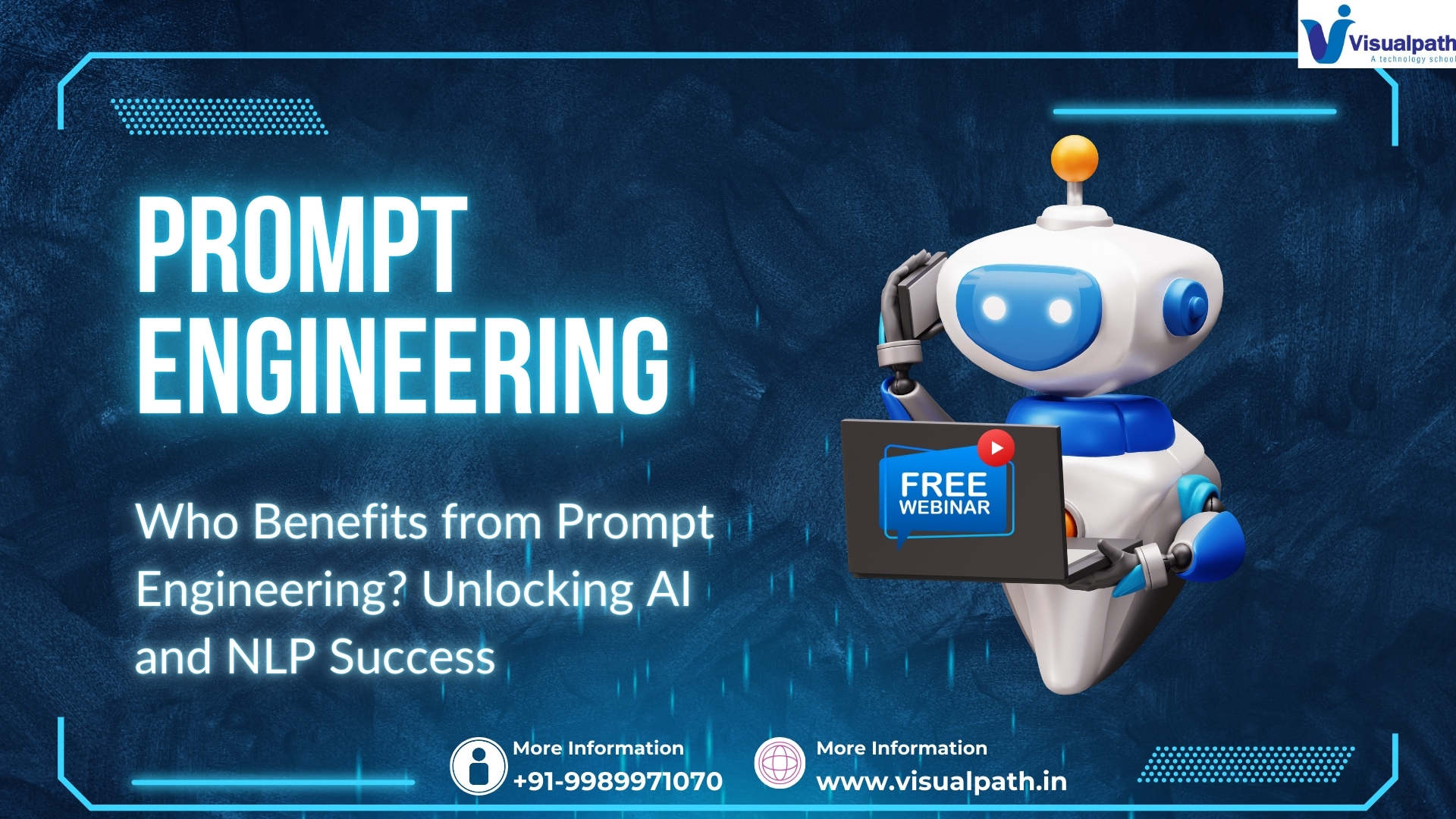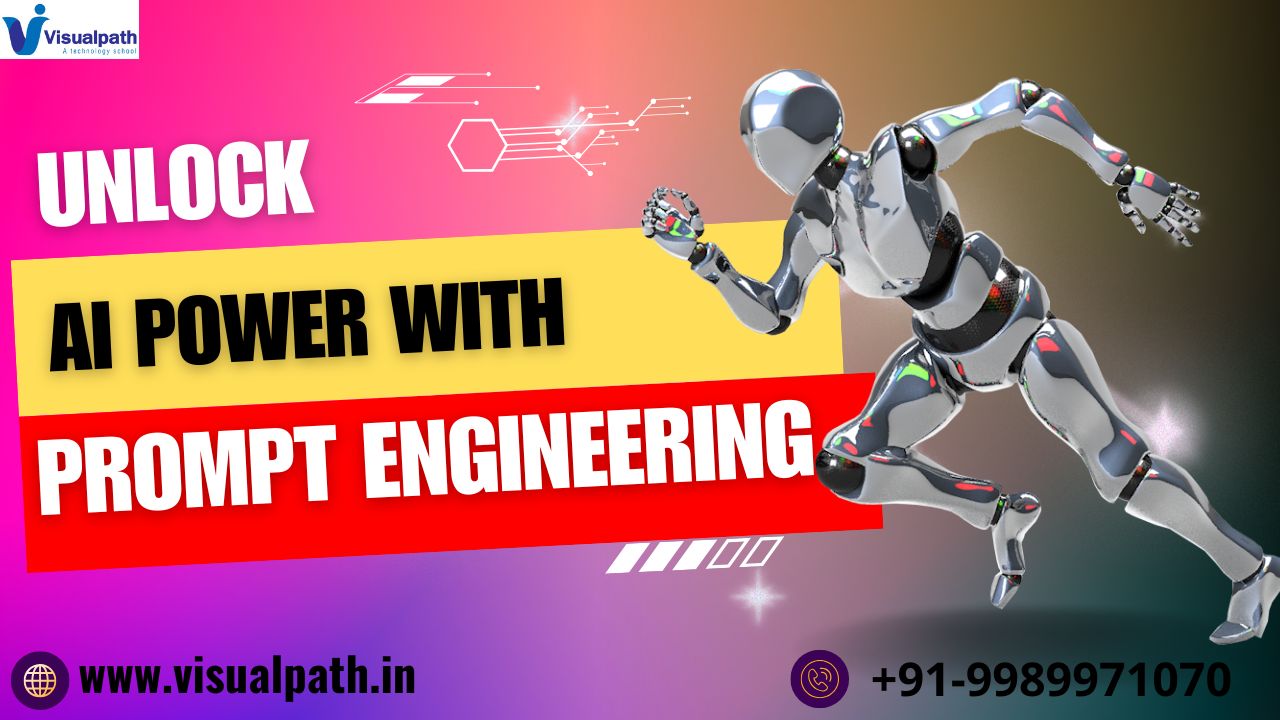Prompt engineering is fast becoming one of the most sought-after skills in the age of artificial intelligence. Whether you’re working with ChatGPT, Claude, or Midjourney, knowing how to craft precise and powerful prompts can make or break your output. Yet, many users overlook key techniques that could significantly boost their results. This article explores prompt engineering tips that are commonly ignored but highly effective. Prompt Engineering AI Training
1. Be Specific, Not Broad
One of the most ignored practices is being too vague with prompts. People often say, “Write an article about digital marketing,” when they should say, “Write a 500-word blog post on the benefits of email marketing for small businesses.” The artificial intelligence tools you’re working with respond better to precise instructions. Being specific about format, tone, length, and audience leads to much better content.
2. Use Role Assignments
A powerful way to refine your outputs is by assigning roles. Instead of just asking for help, say something like, “Act as a professional copywriter with 10 years of experience.” This adds context and helps the AI understand how to behave. This technique is commonly overlooked and can drastically enhance your prompt results. If you’re trying to generate content marketing assets with prompt engineering tips, this tactic ensures alignment with your goals. Prompt Engineering Course Curriculum
3. Leverage Step-by-Step Instructions
Instead of asking for a full answer in one go, break your prompt into logical steps. Ask the AI to first list ideas, then expand each idea, and finally write content based on that expansion. Many users skip this, expecting a one-shot perfect result. This habit can result in generic responses. For better output in natural language processing models, think in sequences.
4. Feed Context with Examples
AI loves context. If you’re generating copy, share a few examples of what you like or dislike. For instance, when building email templates, include a sample template that works. This tells the AI what your expectations are. A lack of example-based context is one of the most ignored prompting techniques. Adding this layer can improve tone, clarity, and relevance instantly.
5. Use Constraints to Direct Output
Humans need boundaries, and so does AI. Most people forget to add limitations like word count, formatting, or target audience details. Try prompts like, “Write in bullet points for a beginner audience in under 150 words.” These constraints help focus the AI’s creativity and avoid bloated or off-track responses. Especially for creating SEO optimized content, this trick keeps everything aligned. Prompt Engineering training
6. Test and Iterate for Best Results
One of the biggest mistakes people make is not iterating. The first prompt is rarely perfect. Don’t settle—revise and reword. Each edit teaches the AI more about what you want. It’s a missed opportunity when users abandon a task after one try. Prompt engineering is an iterative process, just like programming or design. Over time, you’ll learn what works for different use cases and Prompt Engineering Tips models.
7. Use Prompt Templates for Consistency
If you’re working with prompts regularly—say for blog generation, email marketing, or code—you should develop reusable templates. This saves time and boosts quality. People often type from scratch each time, which leads to inconsistency. A well-crafted prompt template allows you to scale output and train your team. This is especially useful in machine learning applications, where consistency in inputs ensures predictable outputs.
8. Avoid Overloading the Prompt
Clarity beats complexity. A common error is adding too many instructions at once. This overwhelms the AI and often leads to confused, jumbled results. Break up your request into smaller prompts or use follow-ups. For example, rather than asking for “a 1000-word article in humorous tone with SEO and expert opinions,” ask for it in stages. This enhances AI content creation precision and saves revision time.
9. Stay Updated with Model Capabilities
Each AI model has unique capabilities and limitations. Ignoring model documentation and updates is a missed opportunity. If a model supports Markdown or LaTeX, use it. If it’s trained to write poetry or solve equations better than others, exploit that. Understanding the model gives you the edge when applying advanced generative AI techniques effectively.
10. Use Feedback to Train Better Prompts
AI learns from patterns—but so do users. When AI responses aren’t perfect, use that as feedback to tweak your prompts. Ask yourself, “What was unclear?” “What detail was missing?” By reflecting on the output and refining your inputs, you gradually develop a skill most users lack: prompt refinement based on output feedback. This simple loop can exponentially improve your interaction quality.
Conclusion
Prompt engineering is both an art and a science. While it’s tempting to treat it like a simple input-output process, the reality is more nuanced. By applying these often-ignored tips—like using examples, setting constraints, and iterating—you can elevate your AI interactions to professional levels. The more attention you give to the prompt engineering process, the better results you’ll unlock.
Trending Courses: Artificial Intelligence, Data Science with Generative AI,
Visualpath is the Leading and Best Institute for learning in Hyderabad. We provide Prompt Engineering AI Training
You will get the best course at an affordable cost.
Call on – +91-7032290546
Visit: https://www.visualpath.in/prompt-engineering-course.html




